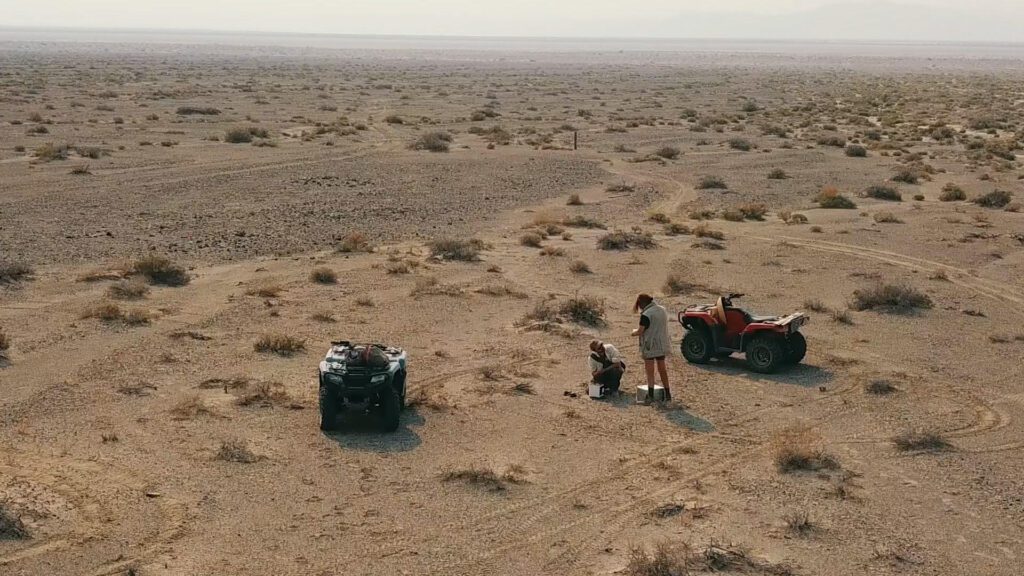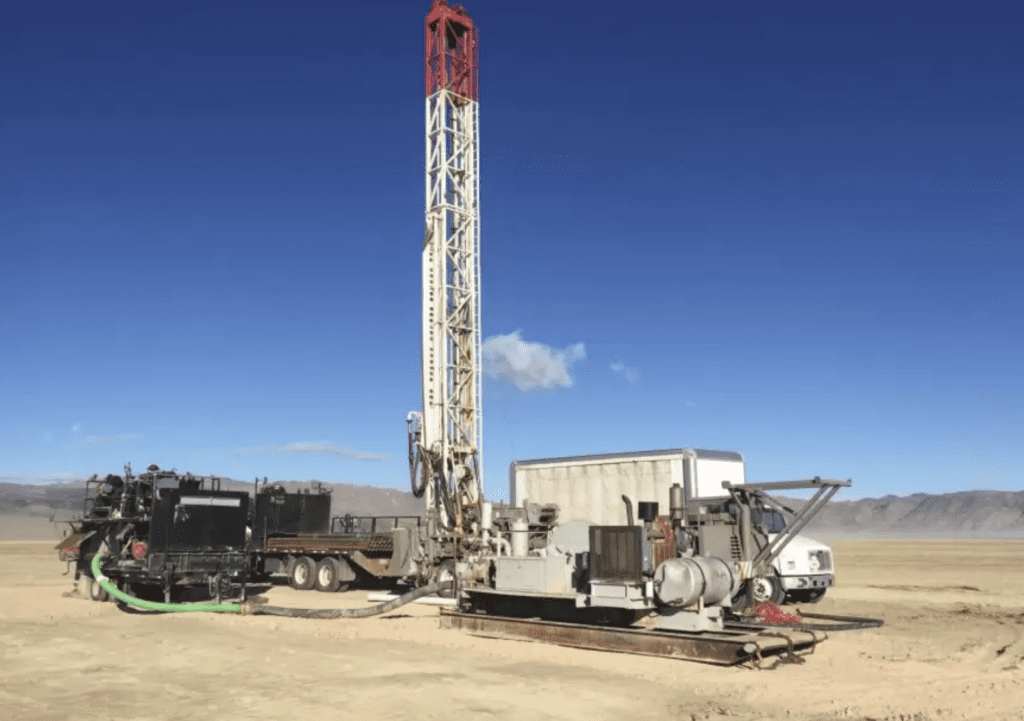What’s Really Driving the Lithium Crisis in North America
The conversation around lithium demand in the U.S. has been highly focused on surging sales of electric vehicles (EVs), but as we look ahead to the coming years, the real driver will be energy storage systems.
COMMENTARY
Last year was reported as a record year for battery storage and its rapid growth in the market shows no signs of slowing down. Energy storage systems collect energy from power plants and the grid, storing the energy until it’s needed for electricity or other power supply. This comes in handy when emergency power supply is needed or as backup when supply fluctuates.

That last point is especially important as renewable energy sources like wind and solar become more predominant in the U.S. Their supply can fluctuate with weather conditions, so reliance on energy storage systems will become increasingly essential as we see the shift toward wind and solar, driven in large part by government policy, tax credits, and investment.
Batteries are the preferred component for energy storage systems because they’re flexible, have a short lead time for construction, and respond quickly when the grid needs to tap into storage. And with a longer life cycle and highly efficient operation, lithium-ion batteries are the choice battery metal that most producers turn to when it comes to powering an energy storage system.
Want to learn more about the North American battery energy storage market, including lithium-ion batteries and other technologies? Register today for POWER’s Experience POWER Week, set for Aug. 14-17 in Savannah, Georgia.
Lithium leads the pack and demand is only set to grow. The International Energy Agency reports that global investment in the entire battery energy storage market reached nearly $10 billion in 2021, while a lithium-centric report from Allied Market Research details that the global market lithium-ion battery storage system was estimated to be $4.5 billion in 2021. Lithium market share is already substantial and Allied expects huge growth within the next decade, estimating it will reach $17.1 billion by 2031 at a 15% compound annual growth rate from 2022 to 2031.

To understand these numbers, we need to look at what’s happening in the market and where government policy comes into play. There’s an increasing need for energy storage systems in both the technology and telecommunications sectors to deliver uninterrupted power to data centers along with other industries that use equipment that has a critical reliance on non-stop power supply. Innovation and rapid advancements in technology are driving demand even more, along with government regulations to reduce emissions and shift toward renewable energy. That’s a major reason off-grid power storage is fundamental to the solar and wind energy model.
The U.S. has been paying attention. Many states have already shared dedicated targets for the development of energy storage systems over the next few years. At the federal level, the Inflation Reduction Act (IRA) released last August details the Biden administration’s vision for a clean energy future and includes tax credits related to investment in energy storage. We’re starting to see a significant shift and it’s not only the numbers that are impressive—the rapid pace of growth is staggering and energy storage capacity in the U.S. has been booming. The numbers were negligible up until 2020, but now the U.S. Energy Information Association reports that battery storage capacity is expected to increase significantly by 2025 in the U.S., adding 20.8 GW of battery storage capacity over the next two years, up from 7.8 GW in 2022.
American Clean Power’s “Clean Energy Investing in America” report released in April of this year states that $150 billion in clean energy investments, and 10 battery storage manufacturing facilities, have already been announced in the first eight months since the IRA was passed.

Demand in the lithium industry has seen a bit of a domino effect since the announcement of the IRA. At the consumer level, new incentives to purchase EVs are further driving demand for battery metals. The legislation also introduced domestic battery and critical mineral standards as well as incentives for U.S. automakers to grow a domestic supply chain that eliminates reliance on foreign markets.
Emerging clean energy industries are growing quickly, with American Clean Power reporting an unprecedented number of plans for new solar and wind manufacturing plants, along with battery storage systems—which rely heavily on lithium-ion batteries.
Benchmark Mineral Intelligence has projected that demand for lithium-ion batteries will grow sixfold by 2032, and reports that 330 new mines may need to be built over the next 10 years to meet growing demand for lithium, graphite, nickel, and cobalt. The race is on in North America to address demand and eliminate reliance on international markets. Governments in both the U.S. and Canada are fast-tracking initiatives and policy to create a domestic supply of lithium in North America.
—Steve Hanson is the founder, president, and CEO of ACME Lithium, a publicly-traded mineral exploration company focused on acquiring, exploring, and developing battery metal projects in partnership with leading technology and commodity companies. ACME’s goal is to develop a domestic supply of lithium in North America in support of aggressive critical mineral strategies in both the U.S. and Canada. The company has projects in North American areas known for lithium production, development, and exploration, and has two projects in Esmeralda County, Nevada, at the epicenter of lithium production in the U.S. For more information about ACME Lithium, visit acmelithium.com.